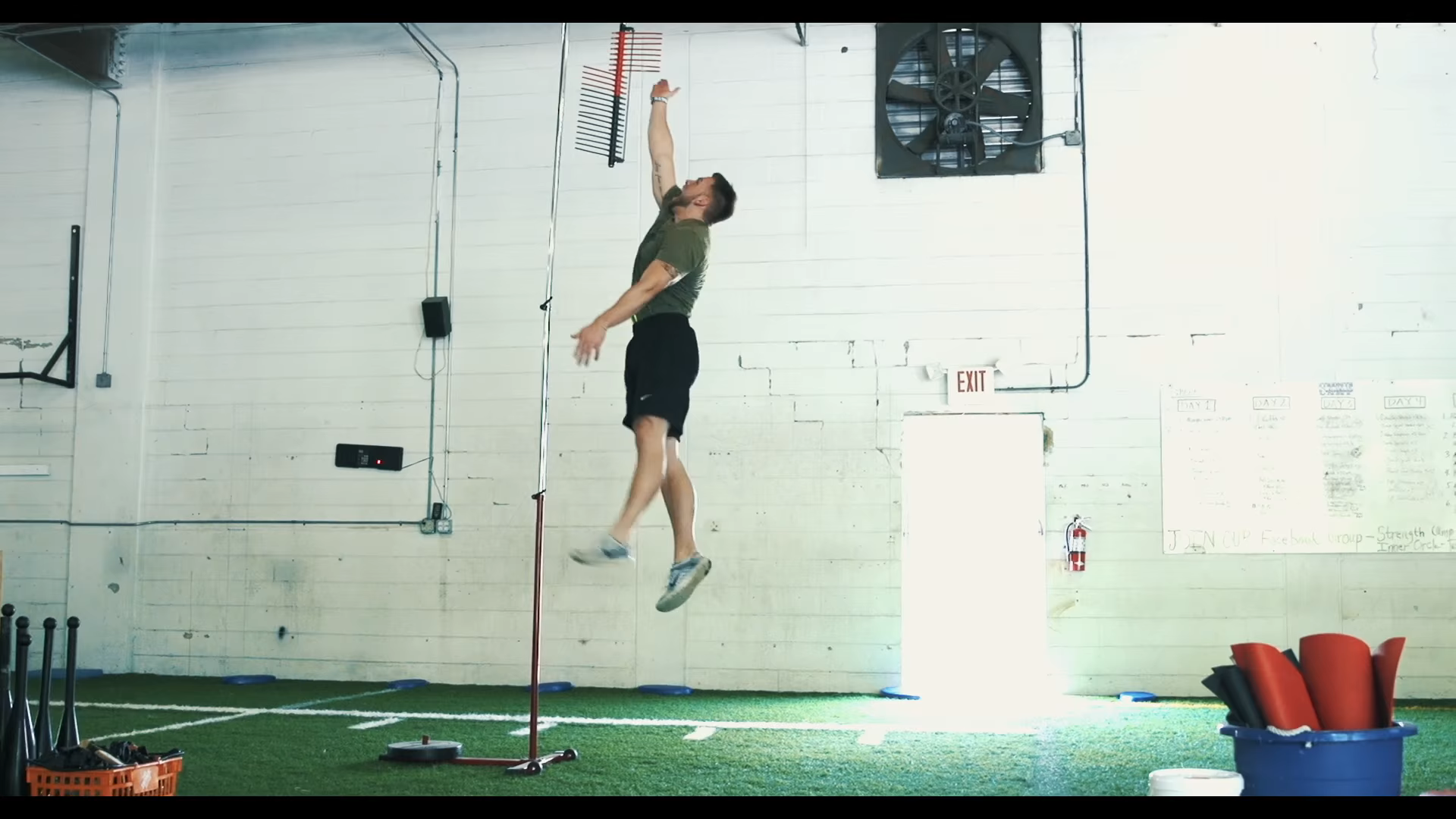EXCEL > VERTICAL LEAP TRAINING

Vertical Leap Training in Sports Performance
What is Vertical Leap Training?
Vertical Leap Training is a specialized form of athletic training focused on improving an athlete’s ability to jump higher. It combines plyometric exercises, strength training, and technique refinement to enhance explosive power in the legs and core. This training method targets the muscles and movements specifically involved in vertical jumping, aiming to increase an athlete’s vertical jump height.
Who Needs Vertical Leap Training?
Vertical Leap Training is beneficial for a wide range of athletes, particularly those involved in sports where jumping ability is crucial. This includes:
- Basketball players: For rebounding, blocking shots, and dunking
- Volleyball players: For spiking, blocking, and serving
- Football players: For receivers and defensive backs in particular
- Track and field athletes: Especially high jumpers and long jumpers
- Soccer players: For heading the ball and goalkeeping
- Martial artists: For certain kicks and jumps in disciplines like Taekwondo
Additionally, any athlete looking to improve overall lower body power and explosiveness can benefit from incorporating Vertical Leap Training into their regimen.
Benefits of Vertical Leap Training
Vertical Leap Training offers numerous benefits that extend beyond just jumping higher:
- Increased Explosive Power: The training improves fast-twitch muscle fibers, enhancing overall explosive power in the lower body.
- Improved Athletic Performance: A higher vertical leap can translate to better performance in various sports, giving athletes a competitive edge.
- Enhanced Speed and Agility: The exercises involved in Vertical Leap Training also contribute to improvements in speed and agility.
- Better Body Control: Learning to coordinate multiple muscle groups for powerful jumps improves overall body control and awareness.
- Injury Prevention: Strengthening the muscles, tendons, and ligaments involved in jumping can help prevent lower body injuries.
- Increased Bone Density: The high-impact nature of jump training can contribute to improved bone density, reducing the risk of stress fractures.
- Improved Coordination: The complex movements involved in Vertical Leap Training enhance neuromuscular coordination.
- Mental Toughness: The challenging nature of the training can improve an athlete’s mental resilience and work ethic.
- Versatility in Training: Vertical Leap Training exercises can be adapted for various skill levels and incorporated into different training programs.
- Measurable Progress: Vertical jump height is easily measurable, allowing athletes to track their improvement over time.
By incorporating Vertical Leap Training into a comprehensive sports performance program, athletes can see significant improvements not only in their jumping ability but in their overall athletic performance and physical fitness.
